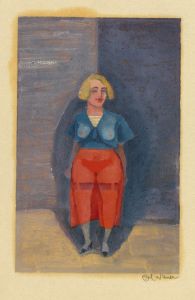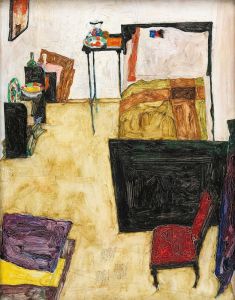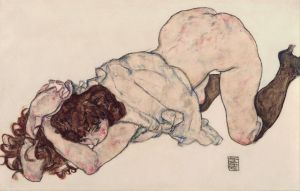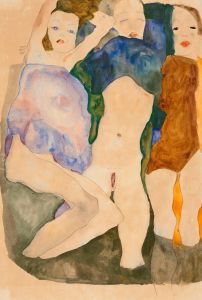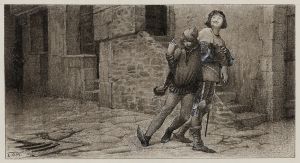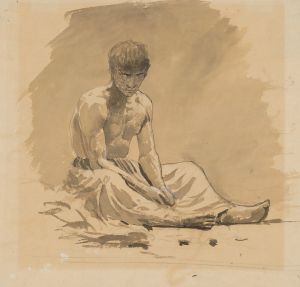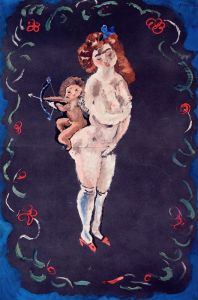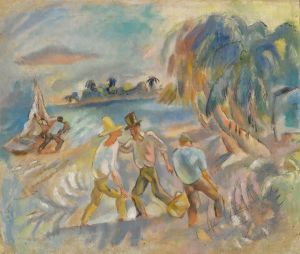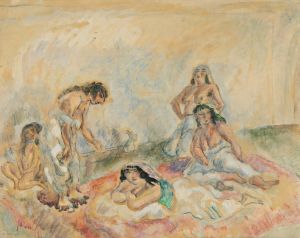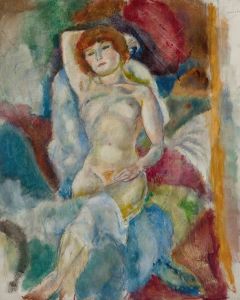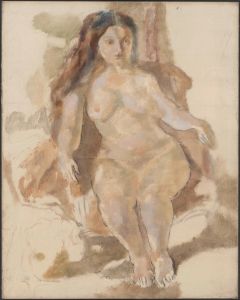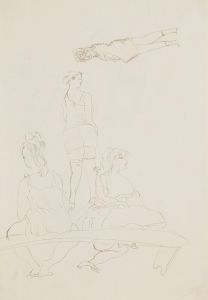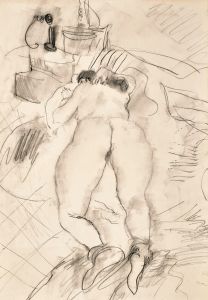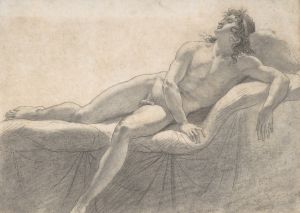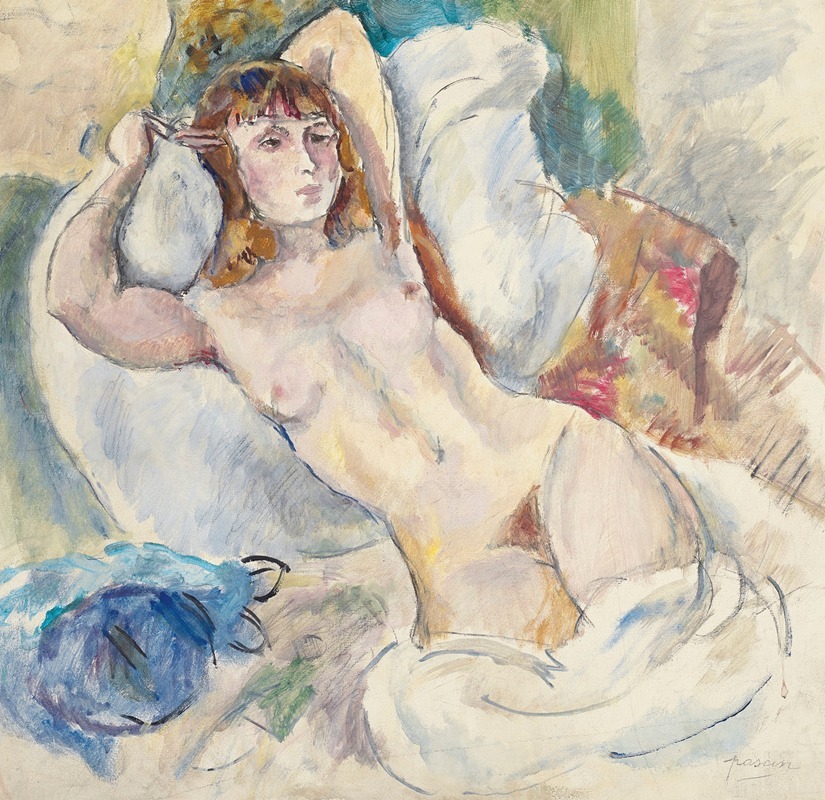
Nu sur un divan
A hand-painted replica of Jules Pascin’s masterpiece Nu sur un divan, meticulously crafted by professional artists to capture the true essence of the original. Each piece is created with museum-quality canvas and rare mineral pigments, carefully painted by experienced artists with delicate brushstrokes and rich, layered colors to perfectly recreate the texture of the original artwork. Unlike machine-printed reproductions, this hand-painted version brings the painting to life, infused with the artist’s emotions and skill in every stroke. Whether for personal collection or home decoration, it instantly elevates the artistic atmosphere of any space.
"Nu sur un divan" (Nude on a Divan) is a painting by Jules Pascin, a Bulgarian-born artist who became a prominent figure in the early 20th-century art world. Pascin, often referred to as the "Prince of Montparnasse," was known for his association with the École de Paris, a group of international artists working in Paris during the early 1900s. His works often depicted intimate, emotional, and sometimes melancholic scenes, reflecting his own complex personality and experiences.
The painting "Nu sur un divan" exemplifies Pascin's characteristic style, which blends elements of Impressionism, Post-Impressionism, and Expressionism. The artwork portrays a nude female figure reclining on a divan, a common subject in Pascin's oeuvre. The composition is intimate and introspective, focusing on the human form and the emotional resonance of the scene. Pascin's use of soft, muted colors and fluid brushstrokes creates a dreamlike atmosphere, emphasizing the vulnerability and sensuality of the subject.
Pascin's nudes often explored themes of femininity, sensuality, and the complexities of human relationships. His models were frequently drawn from his personal life, including lovers, friends, and professional models. While the identity of the model in "Nu sur un divan" is not definitively documented, the painting reflects Pascin's deep interest in capturing the emotional and physical essence of his subjects.
Jules Pascin's artistic career was marked by his travels and exposure to various artistic movements. Born in Vidin, Bulgaria, in 1885, he later moved to Vienna, Munich, and eventually Paris, where he became a central figure in the bohemian art scene of Montparnasse. His works were exhibited widely during his lifetime, and he gained recognition for his unique approach to portraiture and figure painting.
Despite his success, Pascin struggled with depression and a sense of alienation, which often permeated his art. He died by suicide in 1930 at the age of 45, leaving behind a significant body of work that continues to be celebrated for its emotional depth and technical mastery.
"Nu sur un divan" is representative of Pascin's ability to convey the subtleties of human emotion through his art. The painting remains an important example of his contribution to modern art and his exploration of the human condition. Today, Pascin's works are held in various public and private collections worldwide, and he is remembered as one of the key figures of the École de Paris.





